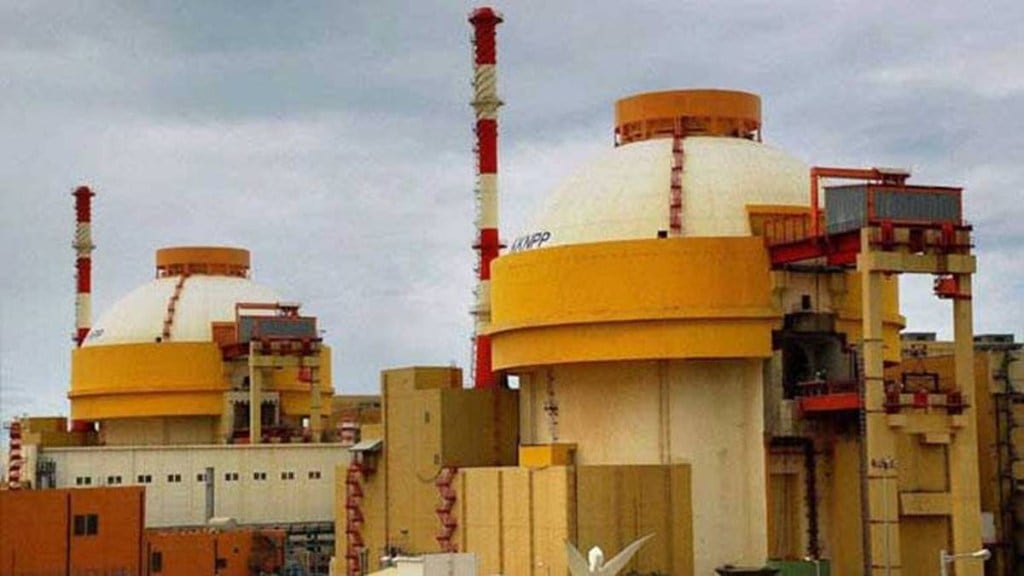By Dmitrii SAMOKHIN,
On February 20, an earthquake of up to 6.4 magnitude struck the southeast of Turkey, with its epicentre located in the province of Hatay. The tremors were felt in other areas, including the province of Mersin. Subsequently, some observers have expressed concerns about the potential impact of an earthquake in the region of the Akkuyu Nuclear Power Plant (NPP), which is currently under construction with Russian-designed VVER-type reactors. As a result, it is reasonable to ask: “To what extent do the power units of the Kudankulam NPP meet modern safety requirements?”
Since the commissioning of the first nuclear power plant in the world in Obninsk in 1954, the Russian Federation has worked tirelessly to enhance nuclear power plant safety, achieving one of the best safety records worldwide. The Kudankulam NPP has implemented all advanced modern technologies in the first and second units, which are equipped with Russian VVER-type nuclear reactors. The third to sixth units are currently under construction.
The Armenian NPP provides an example of the successful site selection and technical solutions adopted by Russian engineers to prevent a tragedy. The Armenian NPP consists of two power units with VVER-440 reactors, with the first unit commissioned in 1979 and the second in 1980. On December 7, 1988, an earthquake occurred in the Republic of Armenia, close to the city of Spitak, located 83 kilometers from the Armenian NPP. During the earthquake, the power units at the Armenian NPP remained operational at rated power, as automatic shutdown of the reactors by a seismic protection signal is triggered in case of an earthquake of more than 6 on MSK64 scale. A commission examined the Armenian NPP after the earthquake and found no building structure, equipment, or system violations associated with seismic effects during the earthquake. The commission concluded that the Armenian NPP withstood an earthquake of magnitude 5.5 according to the MSK 64 scale.
In subsequent years, Russian engineers implemented additional design solutions to prevent accidents like the one that occurred in 2011 at Units 1-4 of the Fukushima-1 NPP when constructing NPPs with VVER-1000 and VVER-1200 reactors.
The Kudankulam NPP is the only nuclear power plant in India that operates Pressurized Water Reactor (PWR) Units 1 and 2. The Kudankulam NPP is equipped with third-generation VVER-1000 PWR units of the AES-92 model of Russian design. Units 3 and 4 are in the final stages of construction, and Units 5 and 6, which belong to generation 3+, are currently under construction. Units 3 and 4 have undergone additional safety measures at the request of India to withstand even higher seismic, climatic, and technical impacts.
Studies were conducted in accordance with the International Atomic Energy Agency’s Special Safety Guide SSG-9 for site evaluations of nuclear facilities to determine the seismic conditions of the Kudankulam NPP site. According to the manual, site surveys should be conducted at four different stages to determine the risk of an earthquake in the area surrounding the nuclear power plant site. These studies have been conducted in detail, and all information for the seismotectonic assessment of the region has been obtained.
Seismic hazard parameters required for designing the Kudankulam NPP were determined based on numerous geological, geophysical, geotechnical, and seismological technical and scientific studies. After selecting the Kudankulam NPP site, multiple seismic hazard studies were conducted during different periods.
The new power units’ key feature is the implementation of a combination of active and passive safety features (i.e. without human intervention and without the use of energy sources).
The concept of defense in depth with four protective physical barriers – fuel matrix, fuel element cladding, primary circuit with reactor vessel and containment is used to prevent the release of radioactive materials into the environment. There are five levels of technical and organizational measures to ensure the integrity and effectiveness of these barriers, so that in any critical situation, radioactive fission products can be contained inside the containment building.
NPP “Kudankulam” is protected from the effects of earthquakes, tsunamis, tornadoes and hurricanes. The unit can withstand any expected operational situation, even an aircraft crash. As such, we can say with confidence that today India has the safest nuclear power plant in the world.
The author is PhD, Associate Professor, Head of the Nuclear Physics and Engineering department, Obninsk Institute for Nuclear Power Engineering of the National Research Nuclear University МЕРhI.
Disclaimer: Views expressed are personal and do not reflect the official position of the author’s institution or policy of Financial Express Online. Reproducing this content without permission is prohibited.

